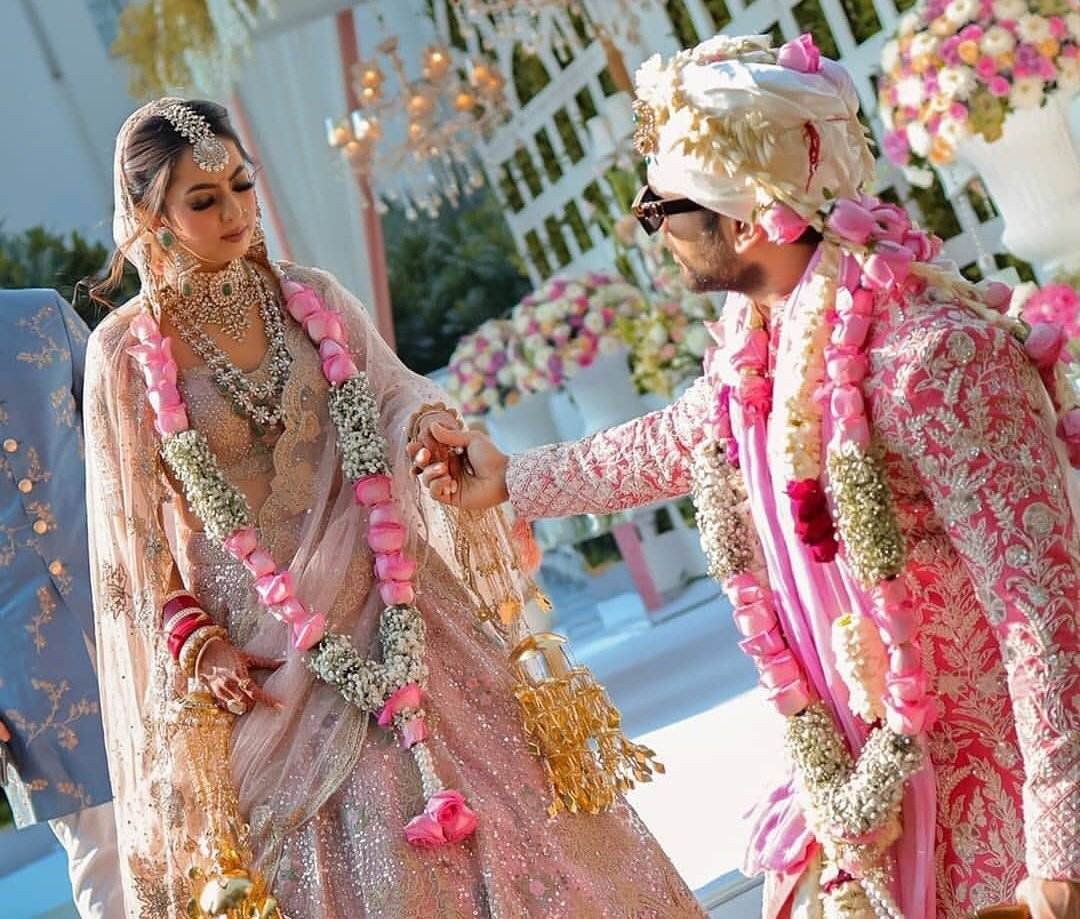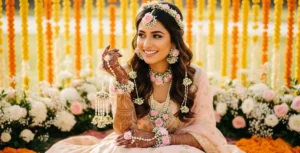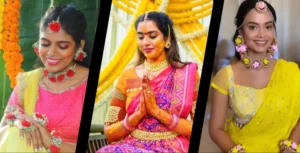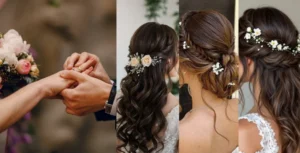South Indian weddings are very significant when it comes to the bride’s bridal jewellery. It represents tradition, culture, and heritage that has been passed down through the ages rather than just being ornamented.
South India, a country with a wide variety of cultures and traditions, has an amazing selection of one-of-a-kind bridal jewelry that enthralls with its sophisticated patterns and classic elegance.
These ten unique jewelry options demonstrate the beauty and creativity that are characteristic of South Indian weddings, ranging from historical and elaborate temple jewelry to the vivid colors of valuable stones.
Let’s explore this amazing collection of gorgeous accessories that serve as priceless reminders of tradition and love in addition to enhancing the bride’s attractiveness.
Exploring the history behind South Indian Jewelry
South Indian jewelry boasts a history as rich and diverse as the region itself. Dating back centuries, the roots of this ornate craftsmanship lie embedded in the cultural tapestry of South India. Influenced by dynasties like the Cholas, Pallavas, and Vijayanagara Empire, the jewelry carries echoes of their artistry and grandeur. Temple jewelry, with its intricate motifs and religious significance, originated in the temples of South India, adorning deities and later finding its way to brides.
The use of gold in South Indian jewelry finds its roots in ancient times, where it symbolized prosperity, wealth, and social status. Techniques such as filigree work, nakshi, and intricate carvings evolved over generations, preserving the traditional heritage of jewelry-making. The incorporation of precious gemstones like rubies, emeralds, and pearls, intricately set in gold, not only enhanced the beauty but also signified auspiciousness and blessings in the wearer’s life.
South Indian Unique Bridal Jewellery Ideas for Wedding Season
Jimiki
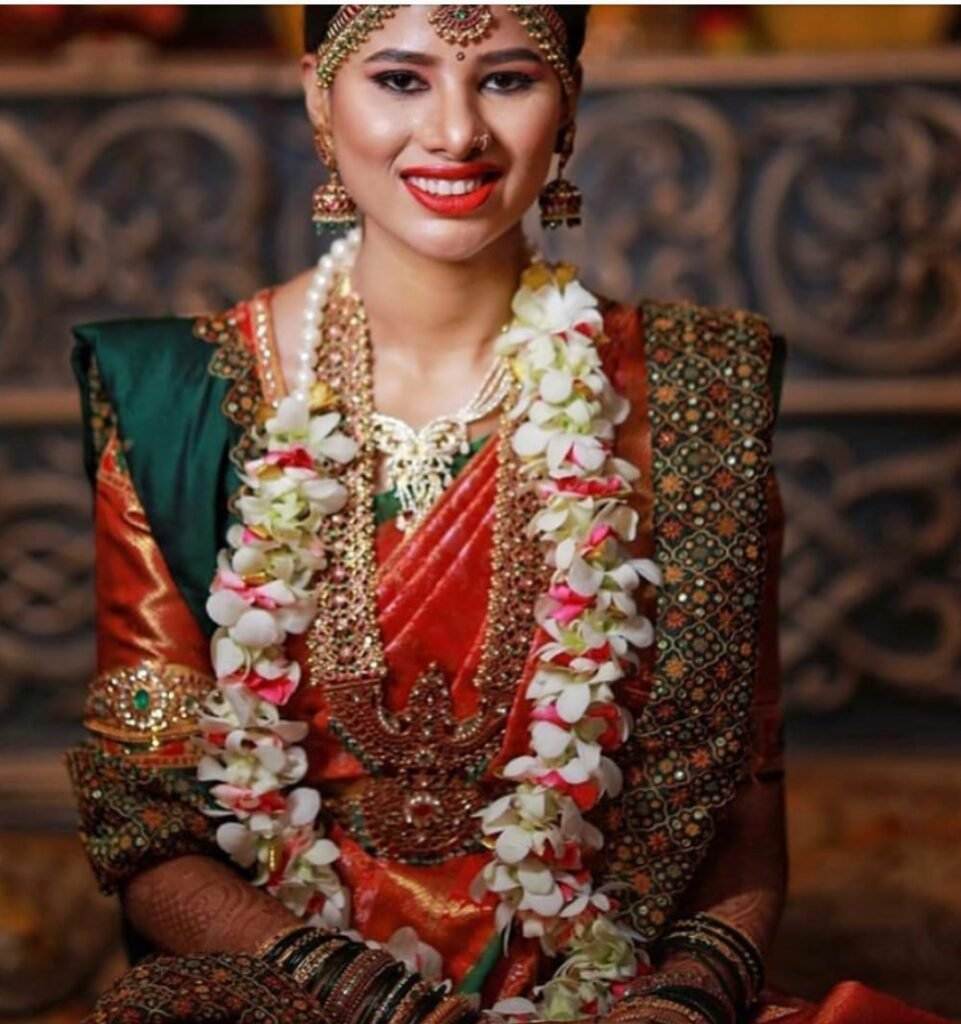
Gorgeous jimiki earrings are regarded as one of the finest wedding day accessories for a bride. The Tamil word “jimiki” means “Jhumkas,” which is the name for an earring with a bell form that hangs from a stud. These traditional-looking gold earrings feature pearls, priceless gemstones, and elaborate embellishments. They are renowned for creating exquisite and one-of-a-kind designs that complement the bride’s overall look. The distinct cultural legacy of each region of South India is reflected in the variations in jimiki earring designs.
Nose Ring

The only real distinction between Maharashtrian and South Indian nose rings, or mukku pudaka, is that the former are primarily round in shape and not very large. These are typically composed of pearls and gold. But modern brides are also experimenting with diamond nose rings, which gives them the modern bridal style and how to rock it.
Polki Necklace Set
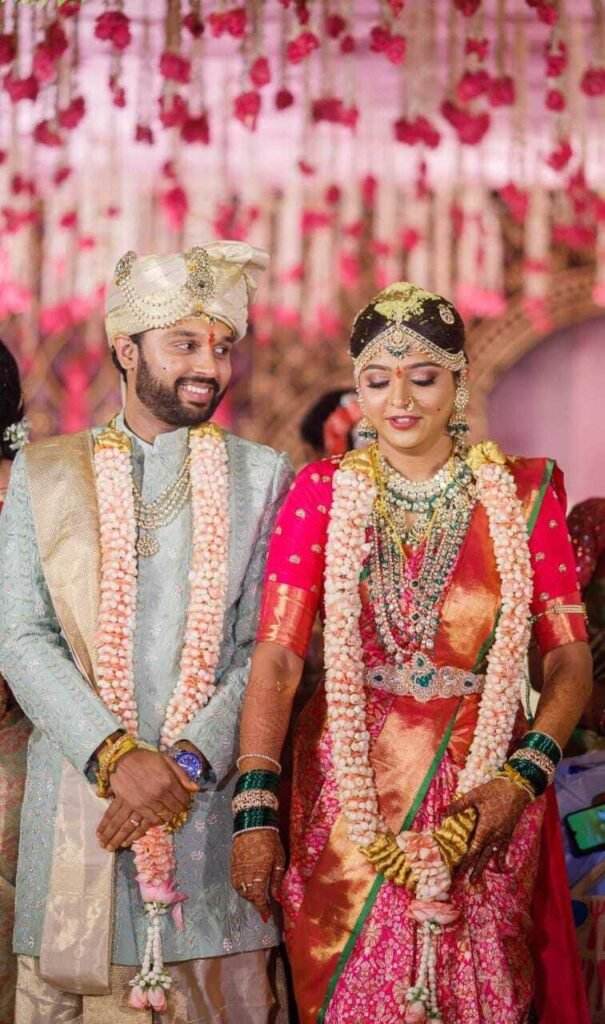
Your royal imagination is about to come true with Polki jewellery. The Moghuls introduced polki jewellery, which is composed of raw natural diamonds. Indian brides are currently wearing chandbalis, polki necklace sets, hefty chokers, and Jadau Polki sets with beautiful enamel and Meenakari work, which give the bride an incredibly royal appearance on her wedding day.
Vanki
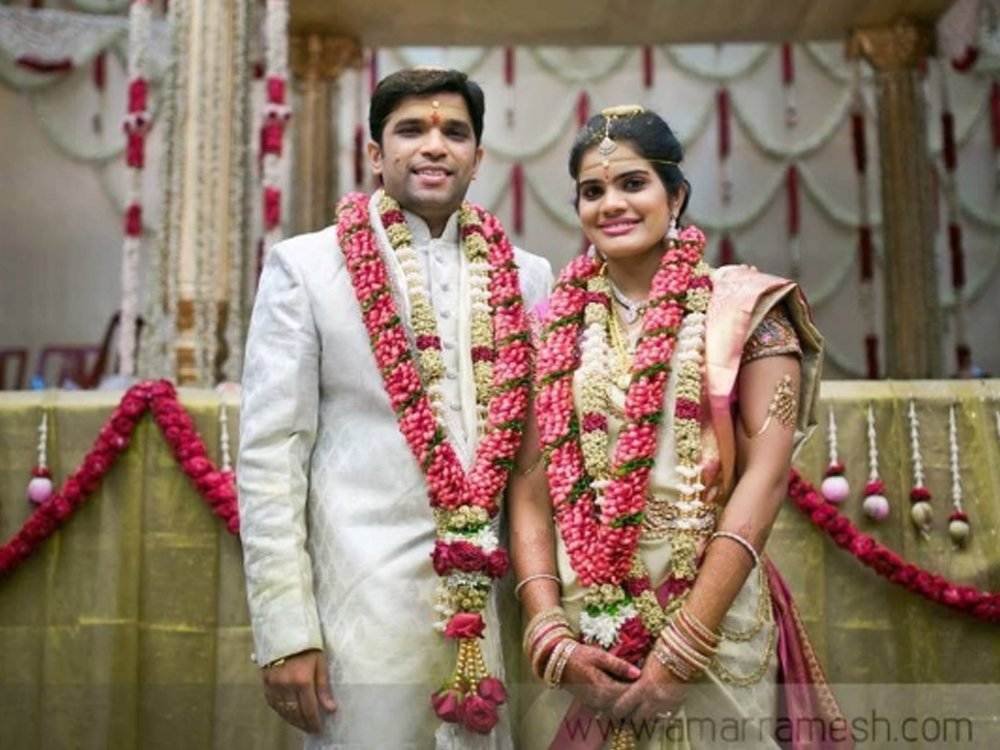
In South India, particularly in regions like Tamil Nadu, Andhra Pradesh, and Karnataka, vanki, often referred to as an armlet, is an essential component of the traditional bridal costume. The bride’s upper arm is adorned with this exquisite piece of jewelry, which elevates and refines her ensemble.
The vanki’s designs are frequently influenced by conventional patterns with deep cultural meaning. You might come across elaborate peacock designs that stand for grace and beauty, or motifs derived from mango leaves or the likes of gods like Lakshmi, who stand for luck and prosperity.
Guttapusalu Haram
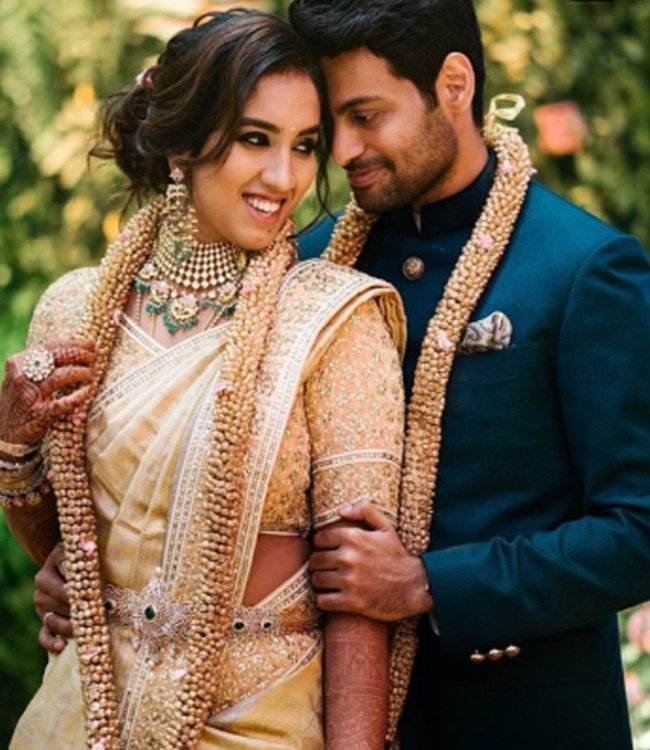
The looping necklace pattern known as guttapusalu has its roots in the Andhra region’s pearl-fishing coastal districts. The name of the necklace comes from its design, which uses strings of beads fastened in fringes to resemble a school of little fish. This is further adorned with motifs to beautify the necklace’s foundation. It looks quite elegant and is sometimes embellished with beautiful rubies, emeralds, or Kundans, which is why it is becoming a popular option for brides nowadays.
Odiyanam
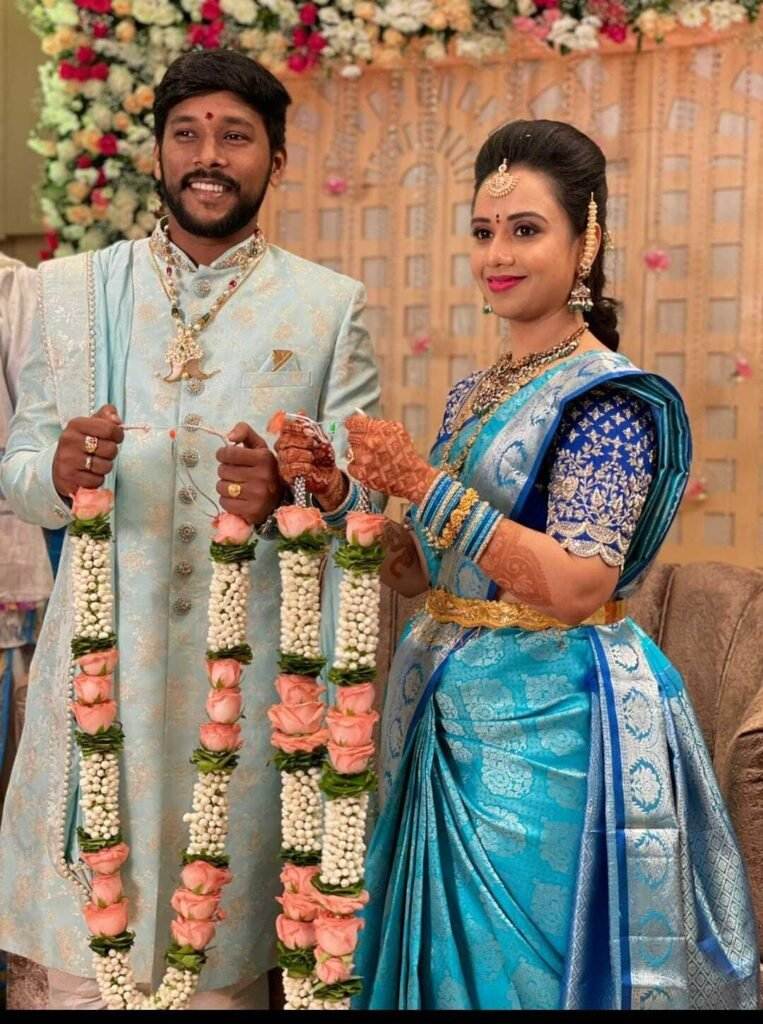
Waistbands, or odiyanam, are an important component of bridal jewellery in South India. Traditionally, expert craftsmen would use gold to create elaborately detailed Odiyanams. But as times change, contemporary brides want airy, fashionable designs that go well with their bridal gowns. Odiyanams are not only for brides; they can be worn at other events, like festivals or social gatherings. They elevate the overall appeal of your ensemble by adding an extra dash of glitz.
Kasulaperu
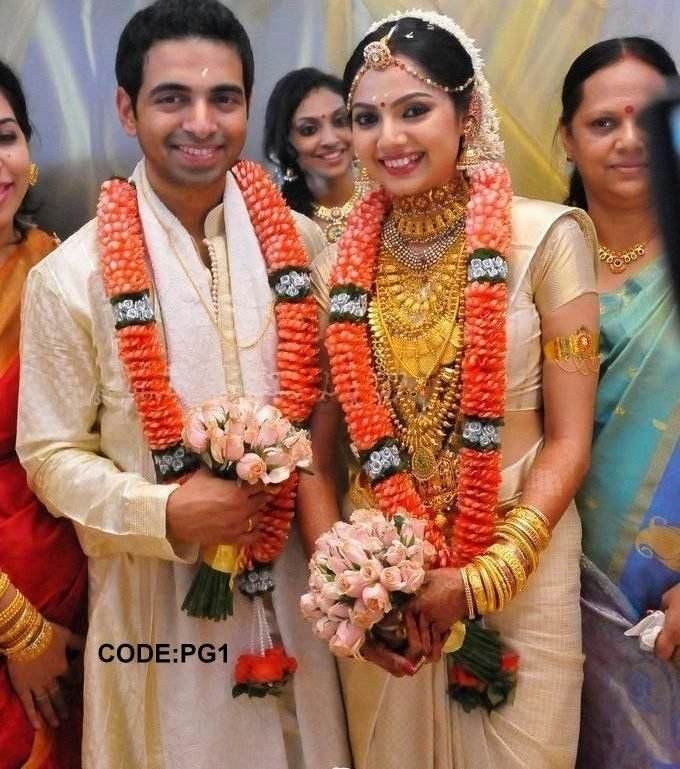
A famous jewelry style that is stylish and current is known by its Telugu name, “Kasulaperu.” This type of neckwear is made of gold coins with goddess pictures affixed. An elegant or dull antique polish can be found on kasu harams, a type of gold jewelry worn by South Indian brides. Brides desiring a more opulent traditional style love this well-known and classic piece of jewelry.
Mangalsutra
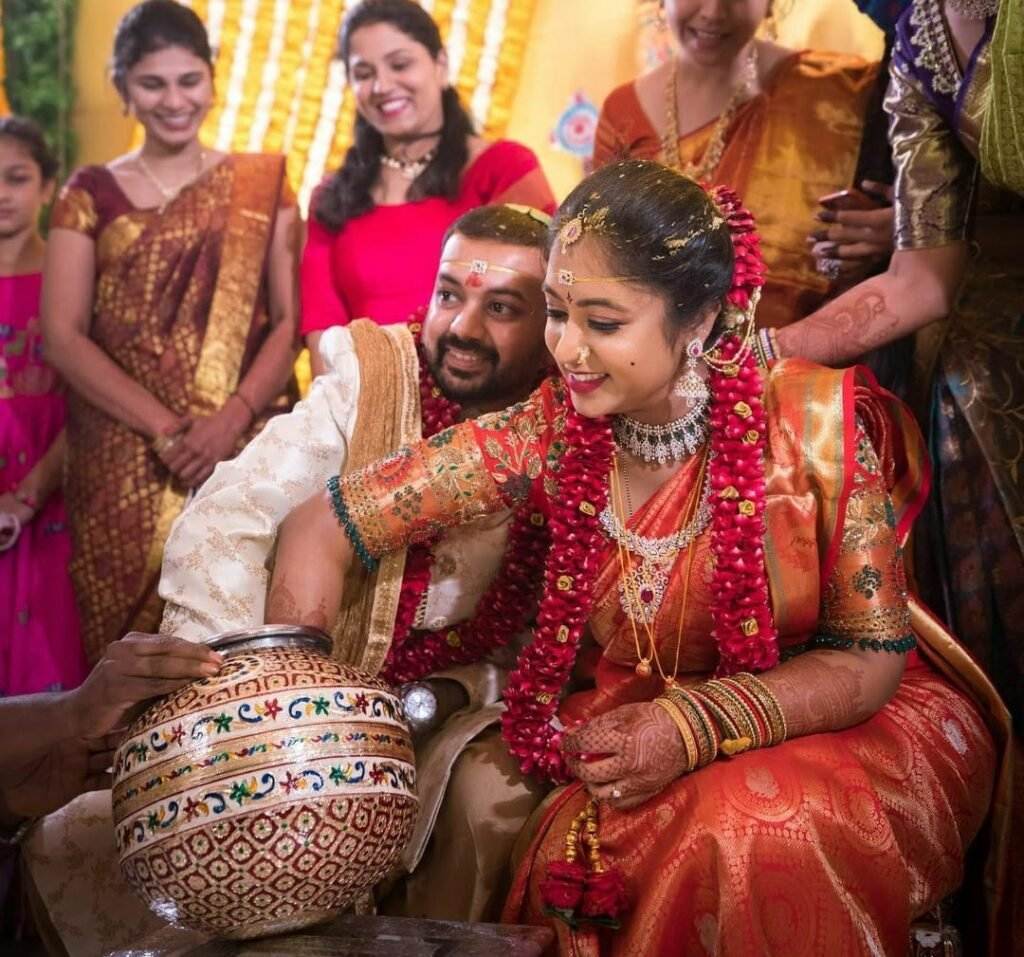
An ornament known as a mangalsutra is an Indian wedding chain that represents marriage. The phrase “mangalsutra,” also known as “mangalsutram,” originated from the Sanskrit word “mangal,” which means prosperous, blessed, joyful, and successful, and “sutram,” which means cord. The priest usually performs mantras, or chants, during the marriage ritual when the groom ties the mangalsutra around the bride’s neck. The act of tying a mangalsutra chain represents the beginning of a new connection between the bride and groom.
Hathphool
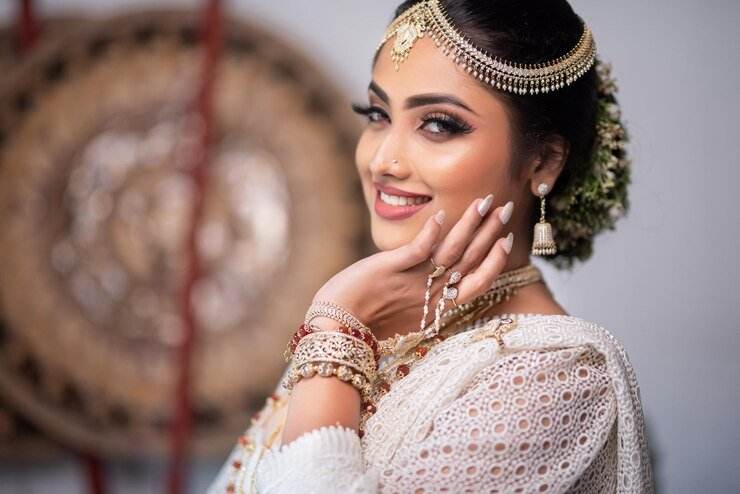
A gorgeous piece of jewelry worn on the back of the palm is a hand harness. Perhaps the most beautiful pieces of jewelry ever made, hand harnesses adorn your fingers and bedeck your palm. This is the most unique piece of jewelry that would adorn the magnificent Indian bride, especially when paired with a matching ring and coordinated with the rest of the collection.
Conclusion
In conclusion, South Indian bridal jewelry offers a stunning array of traditional and unique designs that add unparalleled grace and charm to a bride’s ensemble. From the intricate craftsmanship of temple jewelry to the timeless elegance of Kempu stones, these 10 unique ideas showcase the rich cultural heritage and craftsmanship of South India. With their intricate detailing and timeless allure, these jewelry pieces are not just wedding accessories but cherished symbols of tradition and love, making a South Indian bride shine brightly on her special day.
FAQ
How can one ensure the authenticity and quality of South Indian bridal jewelry?
Authenticity can be verified through hallmark certifications and reputable jewelers specializing in traditional South Indian designs. Additionally, genuine pieces are usually crafted in pure gold or silver and often incorporate precious gemstones with exquisite craftsmanship.
Can South Indian bridal jewelry be worn on occasions other than weddings?
Absolutely! While primarily designed for weddings, South Indian bridal jewelry exudes elegance and can be worn on special occasions like festivals, cultural events, or family gatherings, adding a touch of traditional sophistication to any attire.
Are there any modern adaptations of traditional South Indian bridal jewelry?
Yes, contemporary designs fuse traditional elements with modern aesthetics. Jewelers often create fusion pieces, combining traditional craftsmanship with innovative designs to cater to the preferences of modern brides while preserving the essence of South Indian heritage.

